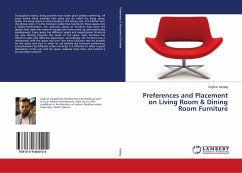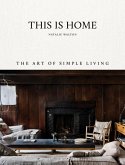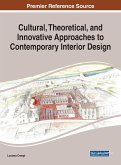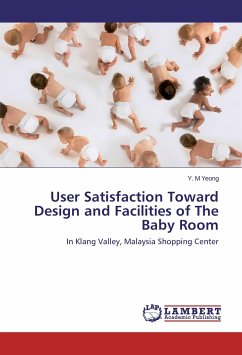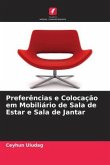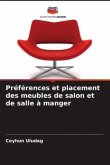Throughout history, living activities have taken place besides sheltering. All areas where these activities take place can be called the living space. Today, the living space in mass housing is the living room, the kitchen and the dining room. It is the furniture inside that transforms these spaces into a livable environment. For centuries, pieces of furniture have been the objects that meet the needs of people who have come up with day-to-day development. Every space has different needs and expectations. Furniture can give identity towards the needs of the space. Each furniture has different tasks and different placements. Accordingly, the furniture has a relationship with the space and user. Not every furniture may be suitable for the space and user. In order to use identify the furniture preferences and placement by different actors correctly, it is effective to make a good description of the user and the space, evaluate many data, and conduct a pre-purchase research.

